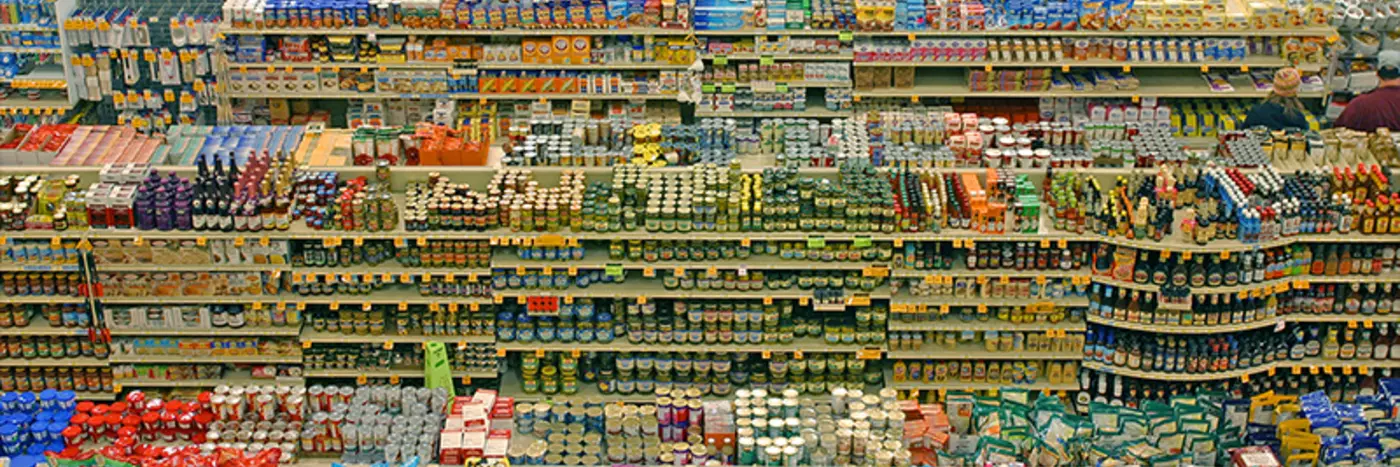Three moves in the right direction
Thinking about how we eat can help fix our food system
We’re becoming increasingly aware of the ethical, social and environmental impact of what we eat, how we eat it, and how we get rid of it. Often, the procurement of a meal relies on underpaid farmers, long food miles, a brutal system of meat production and an inefficient and destructive attitude toward the earth that so kindly nurtures what eventually lands on our plates. Food ethics is a tangled mess of uncomfortable questions, and there are no straightforward answers.
There’s no shortage of books, documentaries and public campaigns that call attention to the problems of the current food system. Richard Cornish’s My Year Without Meat considers whether the total elimination of meat is the answer. The ABC’s War on Waste includes food waste in its battle. Recent headlines about the live export trade brought home how potentially horrific such a large-scale food system can be.
However, it’s important to recognise that choice is also a privilege. When the examples of doing better include a total overhaul of your diet, or expensive specialty products (made organic, GMO-free, or in small batches), it’s easy to feel discouraged and even powerless. The takeaway message often seems to be that to do better, you must be a saint – and most of us aren’t. No matter how hard we try, we’re operating in a broken system, and a world full of realities outside our control: things like families, budgets, time constraints, and access issues. Here are three things you can do anyway as part of your messy, everyday life.
Knowledge is power
You want to make better choices, but you’re bamboozled by packaging. That’s exactly what many brands count on. The best weapon against this is education.
Until recently, buying free-range eggs was a confusing prospect. Unregulated labels used tricky language to look like an ethical product, without qualifying what their claims mean. Customers often had no idea there was any difference between various ‘free range’ eggs. Now, however, national standards require free range labels to clearly state the birds’ stocking density.
Sadly, not all industries are beholden to similar standards. For this reason, until the laws catch up, the responsibility falls to you, the consumer, to educate yourself about which brands conduct themselves ethically. To get up to speed on issues like how well farmers are paid, how animals are treated, and how the brand scores for sustainability, you might like to consult the Sustainable Table’s ethical fish and seafood guide, and the Shop ethical! app next time you buy groceries.
How big is a piece of meat?
The production of meat leaves a significant environmental footprint. Alongside this, most people feel at least a little uncomfortable about animal welfare in factory farming. The ethics of meat-eating are uncomfortable and difficult to reconcile for the omnivorous majority.
Ethical meat exists, and it tastes wonderful. However, by their nature, ethical meat farms only produce limited amounts of product, and often don’t run on growth models, meaning that unless many more people become ethical farmers and butchers, this stuff will always be costly and in demand. Choose ethical where you can. The rest of the time, it’s worth reconsidering how meat fits into your diet.
The meat-free Monday movement encourages one day a week of meatless meals – that’s almost 15% of what you eat in a week. Outside of Mondays, it’s also worth reconsidering the architecture of your plate. A traditional meat-and-veg meal is often comprised of half or a third of a plate of protein – reducing this by just a little will still make a meaningful contribution to a better food system.
Don't chuck it!
Food waste is a massive issue, both in food production and at home. About a third of Australian produce is rejected before it even reaches supermarkets, due to the big chains’ strict cosmetic standards. This means the resources that go into producing those slightly-less-than-perfect veggies have been wasted, and edible food never reaches those who need it most. Meanwhile, Australians throw out almost 20% of the food we buy.
While some small headway has been made to correct the cosmetic standards of large supermarkets, it’s hard to feel that your name on a petition has much influence at the end of the day. However, that second shocking statistic – about how much Australians throw out at home – is within your control. Did you know that your freezer works more economically when it’s full? Freeze your leftovers for another meal when you can’t be bothered cooking, or share it with someone else. Getting to know how to use leftovers is useful (try googling ‘leftovers recipes’), as is planning for meals that use up what you’ve already got in the house.
Better is better
These changes will not fix everything. I’m a firm believer in the idea that doing better is better than doing nothing – even these small steps can help you take back some power around the things that are going wrong in our food system.
Sam van Zweden is a Melbourne-based writer interested in memory, food and mental health. Follow her on Twitter.
